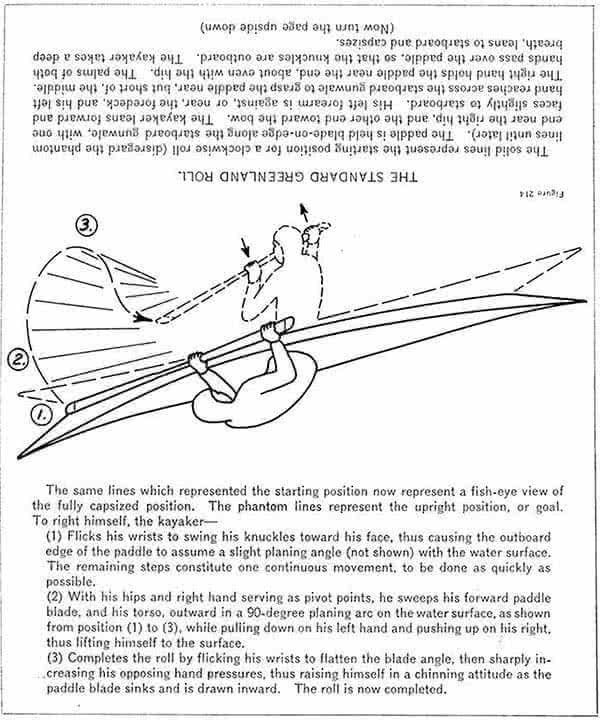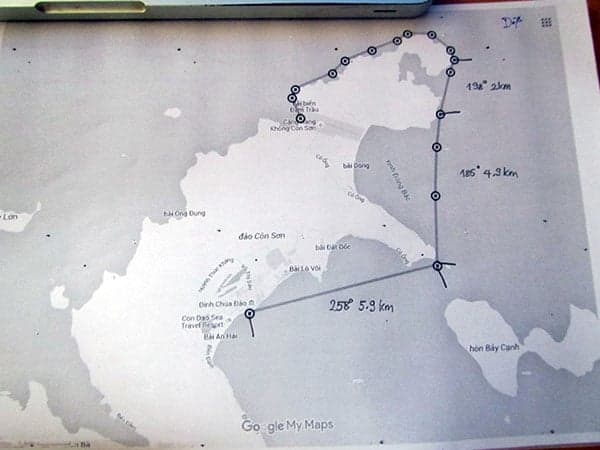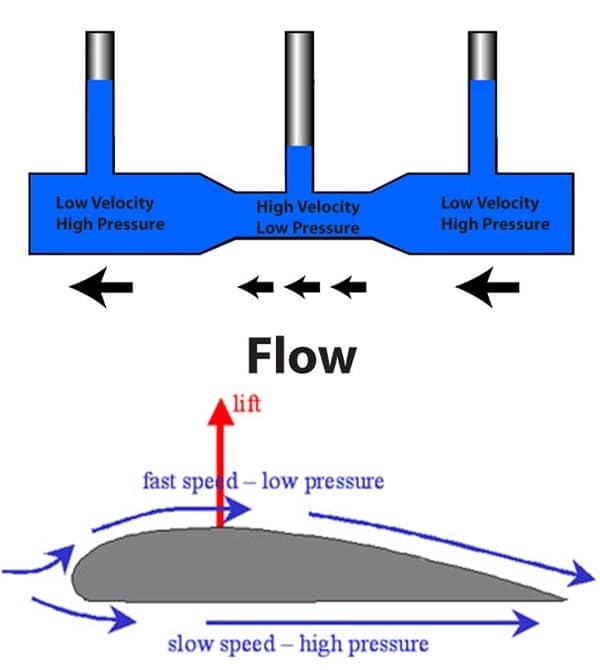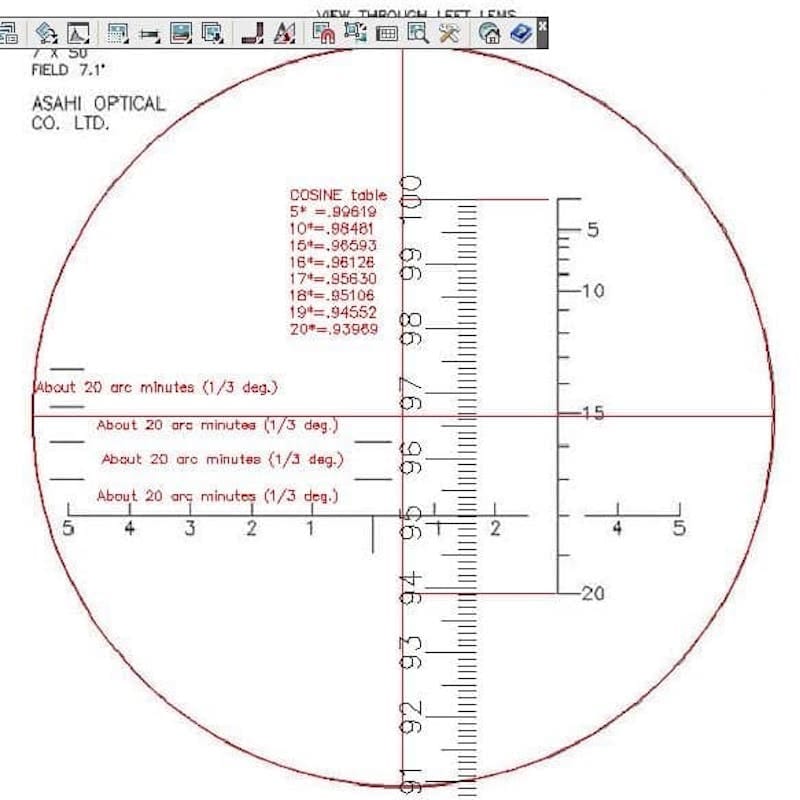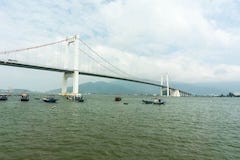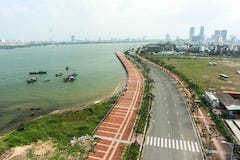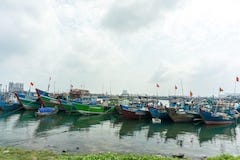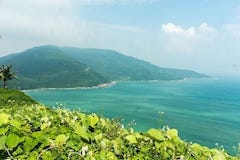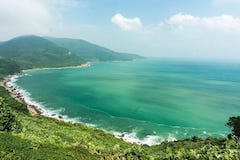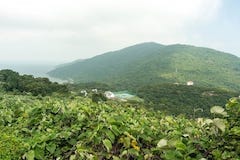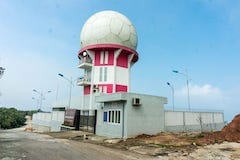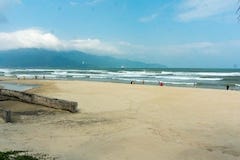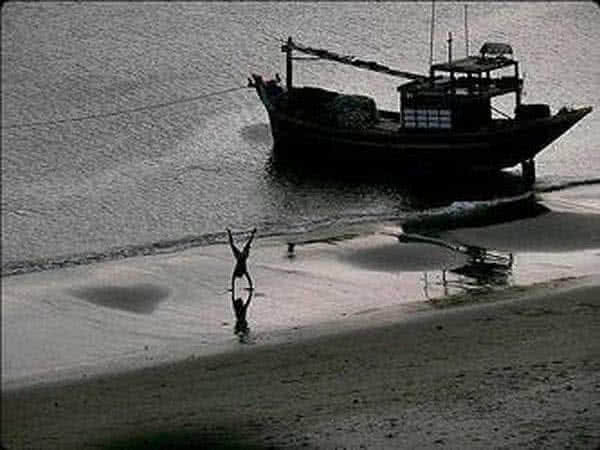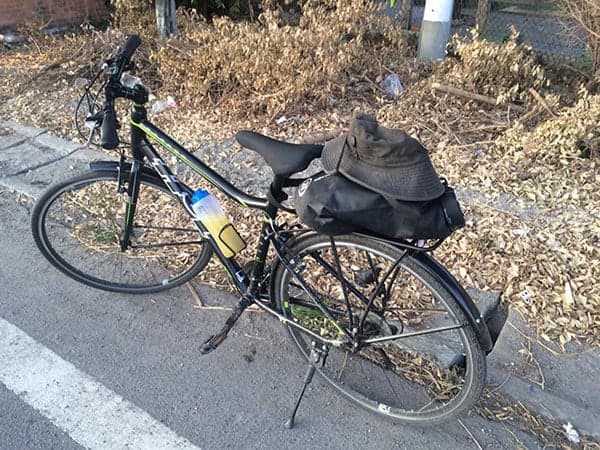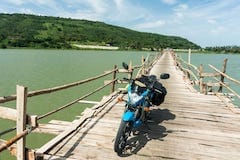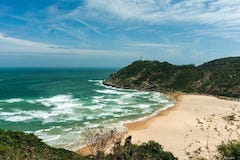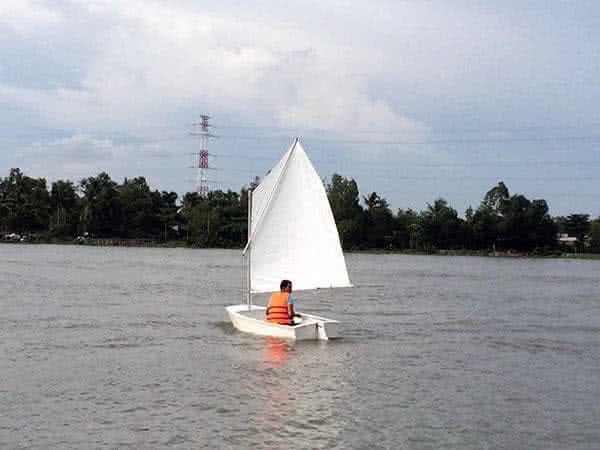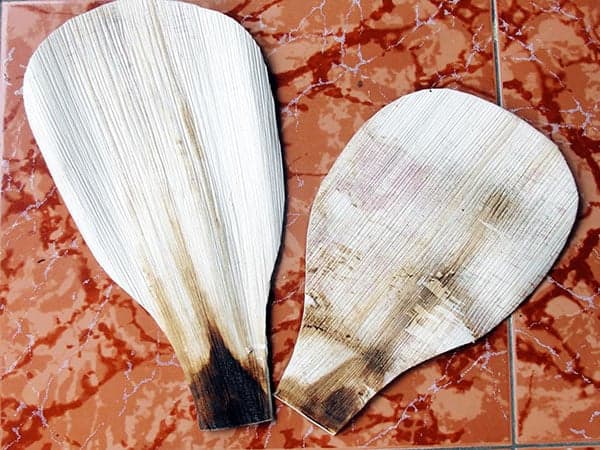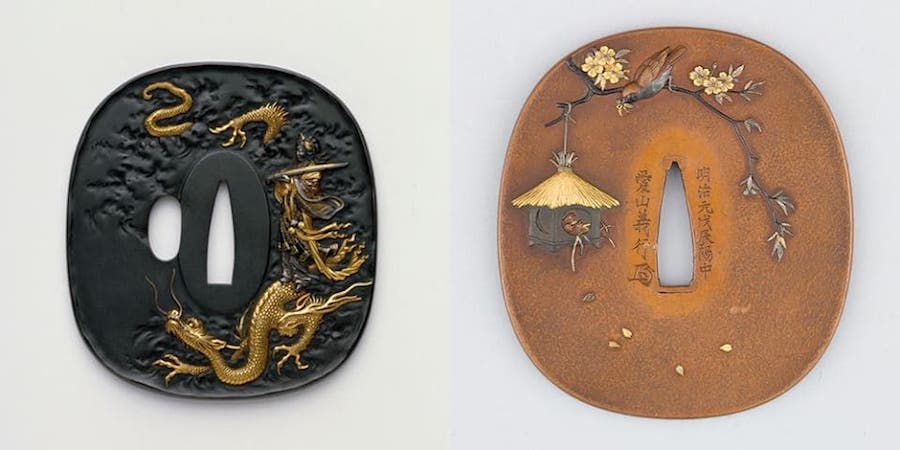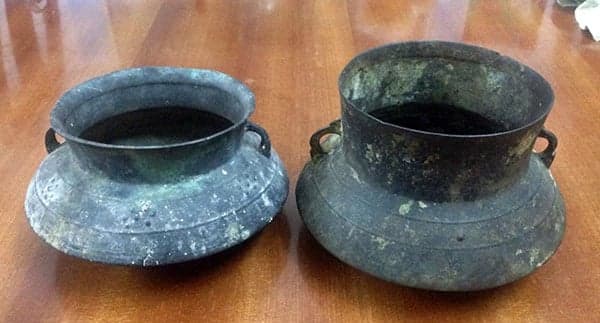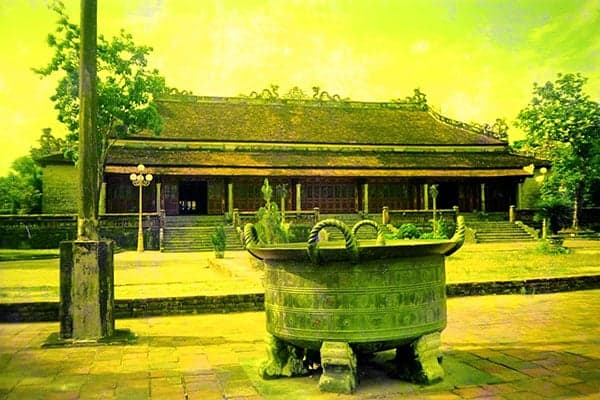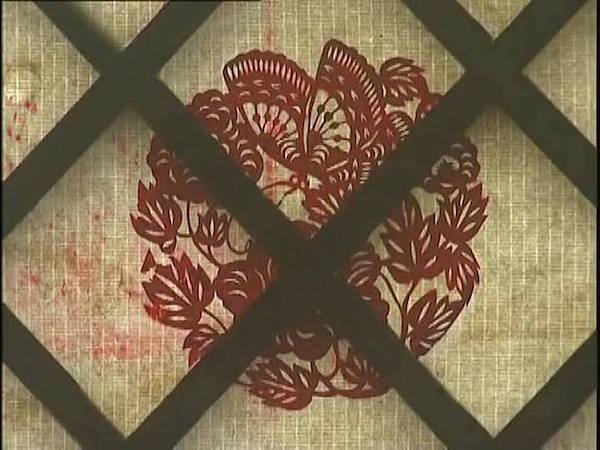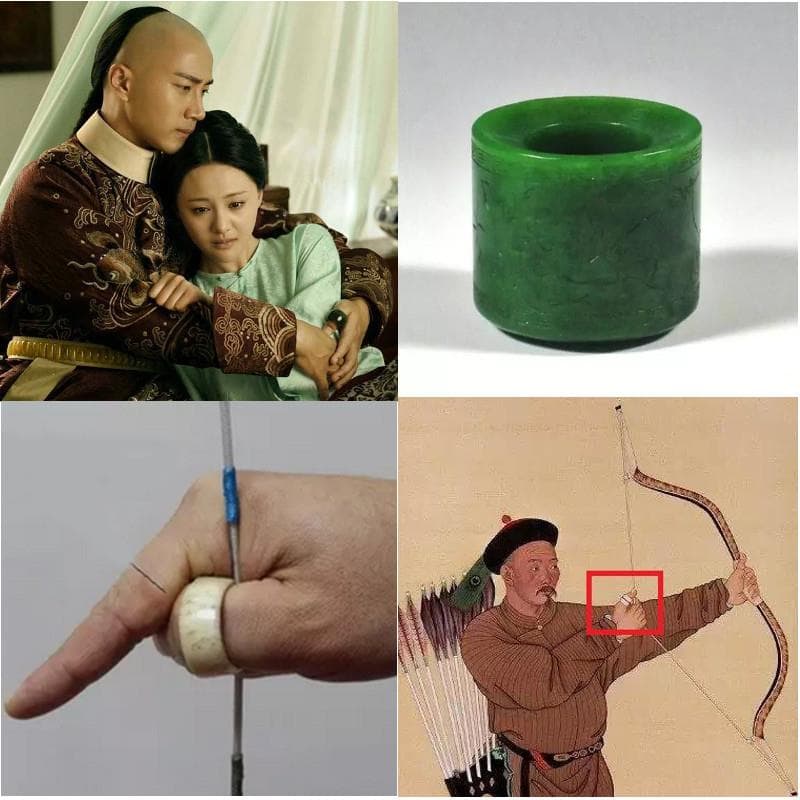Bữa xem 1 trích đoạn “Bộ bộ kinh tâm” – thường ko thích ngôn tình, kiếm hiệp, những thi thoảng vẫn xem để “học chữ”. 2 chị em Nhược Lan, Nhược Hy nhận được thư nhà, ngồi chờ viên thái giám đến đọc thư giúp. Xem đến đây lấy làm lạ, vì phụ nữ quý tộc xưa, tuy ko “thông kim bác cổ” như các trang nam nhi “luận bàn chính sự”, nhưng học vấn cũng ko phải là tầm thường, đều có ít nhất mười mấy năm học chữ. Cổ văn, Đường thi, Tống từ… thảy đều thông thạo, làm sao có chuyện ko đọc được thư nhà!?
Mở thư ra mới biết chữ viết lối bán thảo, học 10 năm cũng chưa chắc đã đọc được (tôi cũng ko đọc được, vậy mà biết có người ở làng Đường Lâm, Hà Nội, mới học 3 năm đã đọc / viết thảo thư thông thạo). Như nhân vật chính Nhược Hy trong phim tự nói về bản thân: ta ở thời hiện đại dù sao cũng có 16 năm đèn sách, chữ nghĩa, thế mà “xuyên không” quay ngược về quá khứ, lại trở nên người nửa mù chữ! Cái sự học ngày xưa cực kỳ khó khăn, học 10, 15 năm vẫn chưa biết gì, từng câu, từng chữ, thảy đều có ý nghĩa thâm sâu.
Không như “quốc ngữ” ngày nay, ngu lắm chỉ 6 tháng là có thể đọc viết tương đối. Vì dể dàng như thế nên trên đường dài, hại nhiều hơn lợi! Đây là vấn đề rất lớn của tiếng Việt: ngôn từ cạn cợt, ngữ pháp lỏng lẻo, nội dung ít ỏi… sinh ra nhiều người với “lổ hổng tư duy”. Từ những năm 20 tuổi, bằng cách so sánh ngôn ngữ học (comparative linguistics), đem cách suy nghĩ, hành văn trong tiếng Anh, Pháp, Hoa… đối chiếu vào tiếng Việt, tôi có thể phát hiện nhiều “lổ hổng tư duy” trong nhiều người nói chuyện với mình.
Những lỗi tư duy đó khiến cho người Việt rất dể bị xúi dục, lừa gạt. Đáng tiếc lỗi có tính chất cố hữu nên phần lớn không tự nhận ra. Cũng là nguyên nhân chính dẫn đến thực trạng XH Việt như ngày nay, không thể tự phản tỉnh để biết mình thiếu chỗ nào. Chưa kể đến vô vàn những thể loại “tỉnh để chi oa”, vì đã ngồi đáy giếng, không muốn xem trời bằng vung cũng không được! Sâu xa hơn, ngôn ngữ ko phải chỉ là cái vỏ của tư duy, nó hàm chứa trong đó nhân sinh quan và thế giới quan của một con người, một dân tộc…


